Spice Up Your Life: 7 Must-Know Dried Chili Pepper Varieties for Every Kitchen
When it comes to dried chili peppers, variety is the spice of life — and the secret ingredient to elevating your dishes from bland to brilliant. Whether you're a seasoned chef or a weekend warrior in the kitchen, understanding the flavor profiles, heat levels, and culinary uses of popular dried chilies can transform your cooking game.
In this article, we’ll take a flavorful journey through the most essential dried chili pepper varieties, compare them side by side, and give you practical tips on how to use each one like a pro. So, buckle up and get ready to ignite your taste buds!
Table of Contents
- Why Dried Chilies Matter
- The 7 Essential Dried Chili Pepper Varieties
- Comparison Chart: Heat, Flavor & Best Uses
- Pro Tips for Using Dried Chilies Like a Boss
- How to Store Dried Chilies (Without Turning Them into Dust)
- Final Thoughts: Spice Smart, Cook Better
Why Dried Chilies Matter
Dried chili peppers have been around since the dawn of time — okay, maybe not that long, but they’ve definitely been a staple in global cuisines for centuries. From Mexican mole to Indian curries and Chinese hot pots, dried chilies are flavor powerhouses that bring more than just heat to the table.
They offer depth, complexity, smokiness, sweetness, earthiness — all depending on the variety. And unlike their fresh counterparts, dried chilies are shelf-stable and often pack a more concentrated punch of both flavor and fire.
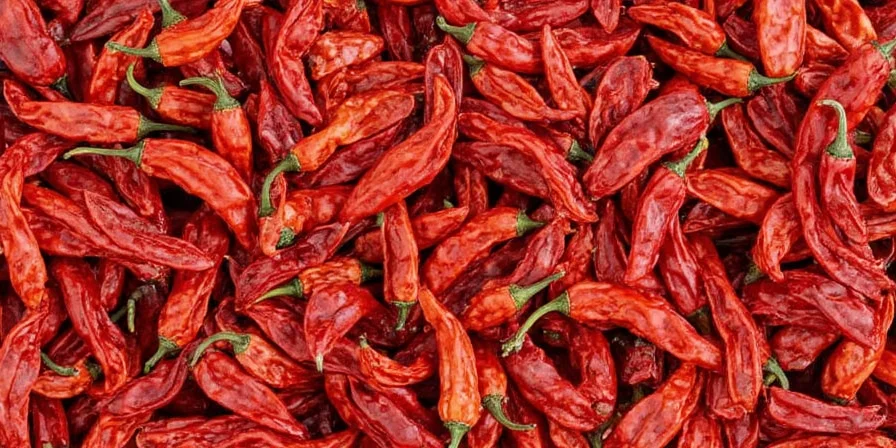
The 7 Essential Dried Chili Pepper Varieties
Let’s dive into the seven stars of the dried chili world — each with its own personality, quirks, and culinary superpowers. Here's what every spicy food lover should know:
1. Ancho Chili
- Heat Level: Mild (1,000–2,000 SHU)
- Flavor Profile: Sweet, fruity, slightly smoky
- Best For: Mole sauces, soups, stews, and rubs
The ancho is the dried version of the poblano pepper. It’s rich in flavor and low on the Scoville scale, making it perfect for those who prefer a mellow kick without overpowering the dish. Toasting ancho chilies before grinding brings out their natural sweetness and adds layers of complexity.
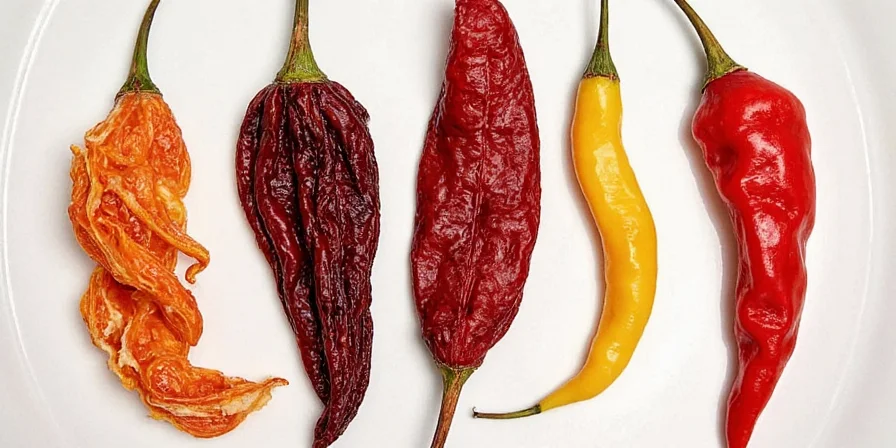
2. Guajillo Chili
- Heat Level: Medium (2,500–5,000 SHU)
- Flavor Profile: Tangy, berry-like notes with mild spiciness
- Best For: Salsas, marinades, tacos al pastor, enchiladas
If you’re looking for a chili that balances brightness with warmth, guajillo is your new BFF. It’s the second most commonly used chili in Mexico after the ancho and plays well in sauces where you want a little pop without burning off your eyebrows.
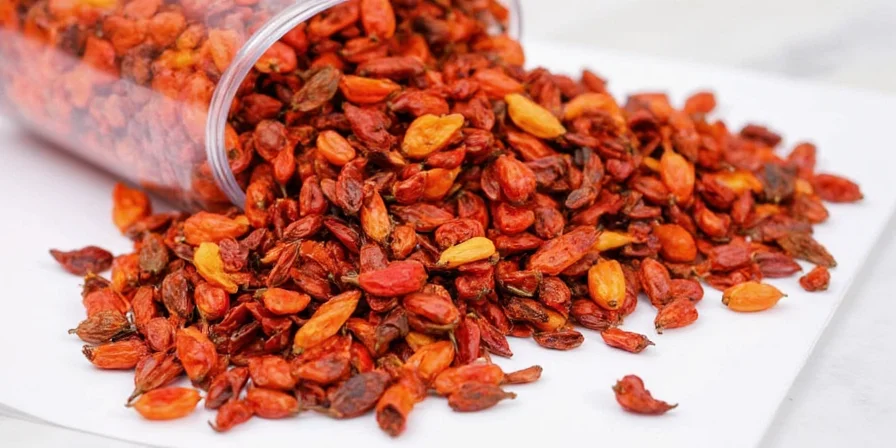
3. Pasilla Chili
- Heat Level: Mild to Medium (2,500 SHU)
- Flavor Profile: Earthy, raisin-like, and mildly smoky
- Best For: Mole negro, salsas, braises
Don’t confuse pasilla with poblano! This dark, wrinkled beauty offers deep, almost chocolate-like undertones and is often used alongside ancho and guajillo in classic mole recipes. If you like complex, layered flavors, pasilla belongs in your pantry.
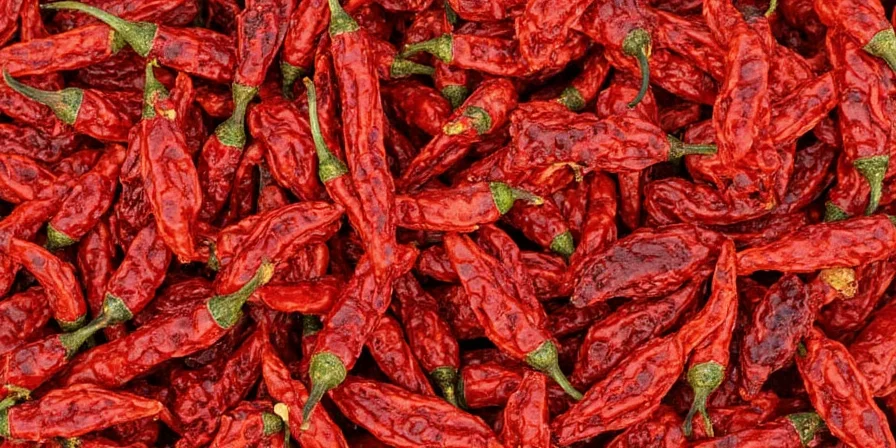
4. Arbol Chili
- Heat Level: Medium-Hot (15,000–30,000 SHU)
- Flavor Profile: Clean heat, slight nuttiness
- Best For: Hot sauces, oil infusions, salsas
Arbol chilies may be small, but they pack a punch. These thin, red chilies are often toasted and blended into fiery sauces or infused into oils for a quick hit of heat. Great for adding back-of-the-mouth burn that lingers just enough.
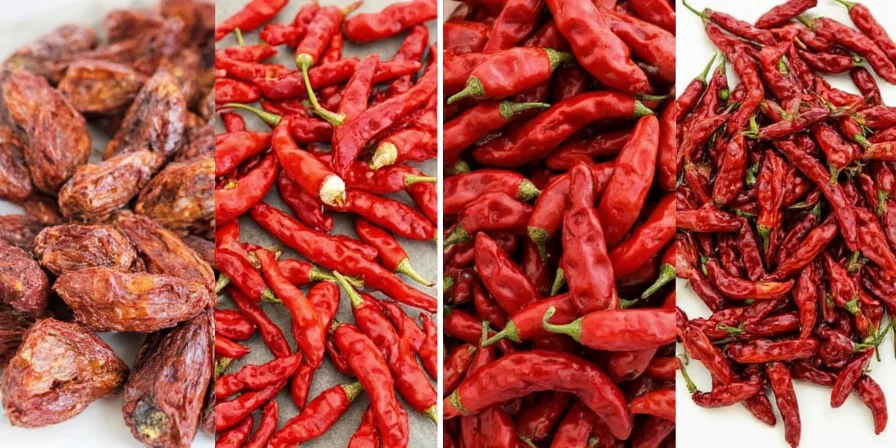
5. Chipotle Chili
- Heat Level: Medium (5,000–10,000 SHU)
- Flavor Profile: Smoky, woody, slightly sweet
- Best For: Smoked salsas, grilled meats, bean dishes
Chipotle chilies are smoked and dried jalapeños — basically, the BBQ of the chili world. Their deep, smoky flavor makes them a go-to for adding campfire vibes to your cooking. Use them whole in stews or grind them into powder for rubs that make your neighbors jealous of your grilling skills.
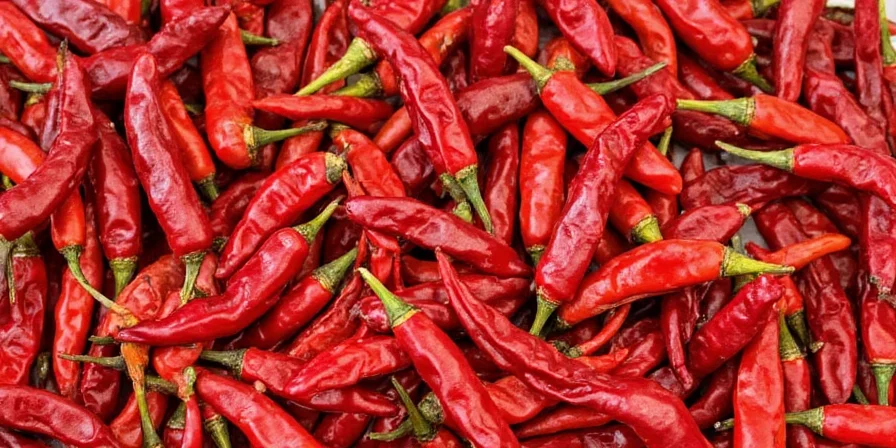
6. Cascabel Chili
- Heat Level: Medium (10,000–30,000 SHU)
- Flavor Profile: Nutty, woodsy, slightly citrusy
- Best For: Salsas, moles, roasted vegetables
Named for the rattle sound it makes when shaken (like “cascabel” means bell in Spanish), this small round chili is as fun to say as it is to cook with. Cascabel adds a warm, nutty heat that pairs beautifully with garlic, tomatoes, and roasted veggies.
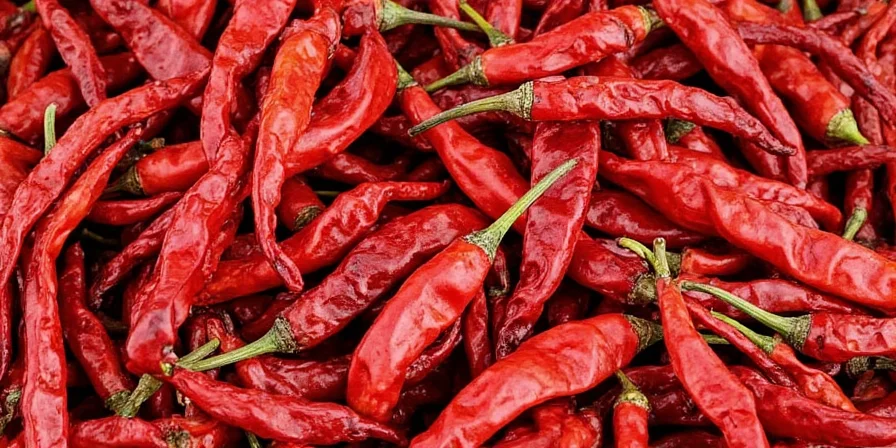
7. Habanero Chili (Dried Version)
- Heat Level: Very Hot (100,000–350,000 SHU)
- Flavor Profile: Fruity, floral, tropical
- Best For: Extreme heat sauces, Caribbean jerk blends, fermented hot sauces
While habaneros are usually used fresh, their dried versions are incredibly potent and fragrant. A little goes a long way here. Ideal for adventurous cooks who want bold heat combined with bright, tropical flavors.
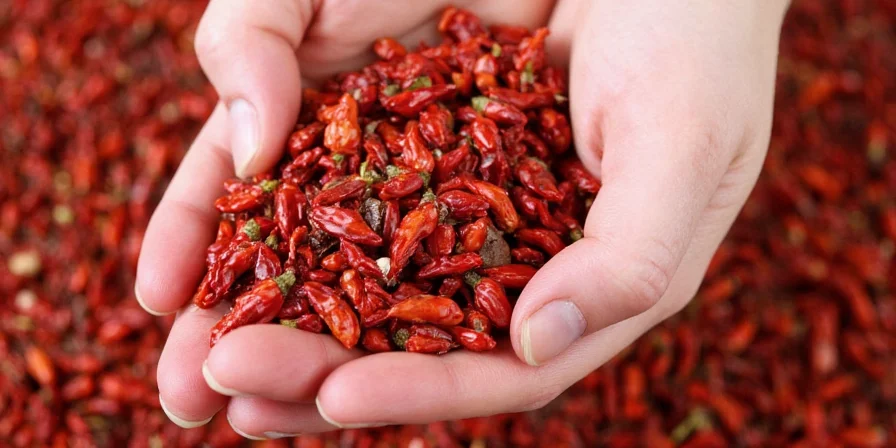
Comparison Chart: Heat, Flavor & Best Uses
| Chili Name | Heat Level (SHU) | Flavor Profile | Best For |
|---|---|---|---|
| Ancho | 1,000–2,000 | Sweet, fruity, slightly smoky | Mole, soups, stews |
| Guajillo | 2,500–5,000 | Tangy, berry-like, mild | Salsas, marinades, enchiladas |
| Pasilla | 2,500 | Earthy, raisin-like, smoky | Mole, braises |
| Arbol | 15,000–30,000 | Clean heat, slight nuttiness | Hot sauces, oil infusions |
| Chipotle | 5,000–10,000 | Smoky, woody, sweet | Smoked salsas, grilled meats |
| Cascabel | 10,000–30,000 | Nutty, citrusy, woodsy | Salsas, roasted veggies |
| Habanero (Dried) | 100,000–350,000 | Fruity, floral, tropical | Extreme sauces, jerk blends |
Pro Tips for Using Dried Chilies Like a Boss
- To toast or not to toast? Always toast dried chilies in a dry pan over medium heat for 15–30 seconds per side until fragrant. Don’t let them burn — that bitterness will ruin everything.
- Hydrate before blending. After toasting, soak the chilies in hot water, broth, or even beer for 20–30 minutes to soften them before blending. The soaking liquid can also be used in your sauce for extra flavor!
- Wear gloves! Seriously. Capsaicin is powerful and doesn’t discriminate between chefs and amateurs. Protect your skin and eyes.
- Use in unexpected places. Try a pinch of ancho powder in your chocolate cake batter or chipotle in barbecue potato salad. The possibilities are endless.
- Make your own chili oil. Simmer dried chilies (especially arbol or guajillo) in oil with garlic and spices for a homemade condiment that can level up noodles, rice, or grilled meats.
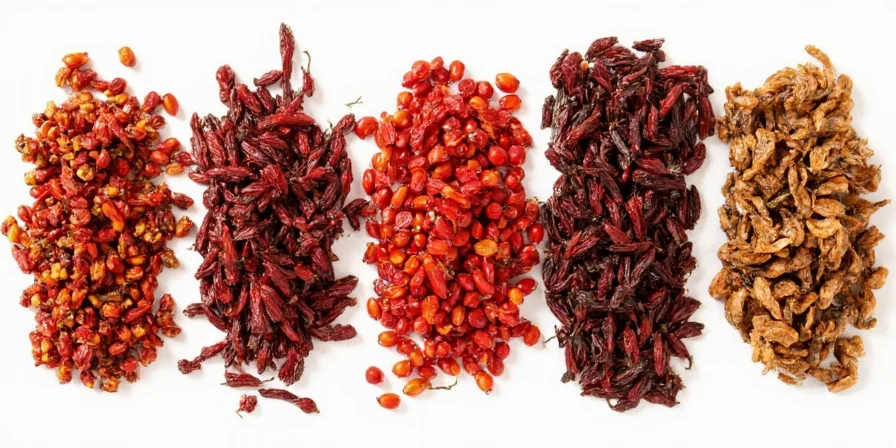
How to Store Dried Chilies (Without Turning Them into Dust)
Storing dried chilies properly is key to preserving their flavor and usability. Follow these storage tips to keep them at peak performance:
- Airtight containers: Store in sealed glass jars or ziplock bags. Oxygen is the enemy of freshness.
- Dark place: Keep away from sunlight. Light degrades color and flavor.
- Freeze them: If you live in a humid climate or want to preserve them longer, stick them in the freezer. They last forever there (literally).
- Label everything: You don’t want to guess whether that’s a pasilla or a ghost pepper in six months.
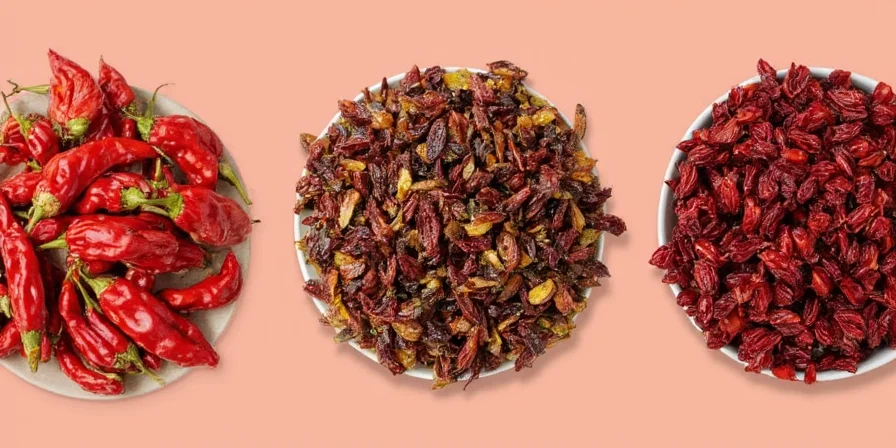
Final Thoughts: Spice Smart, Cook Better
Whether you're building a complex mole sauce or throwing together a quick chili con carne, knowing your dried chili pepper varieties is like having a secret weapon in your kitchen arsenal. Each variety has its own personality — some are sweet and subtle, others wild and fiery.
So, next time you're shopping for spices or browsing online, skip the generic chili powder and reach for the real stuff. Experiment with different types, play with combinations, and most importantly — have fun with the process. Because once you start using dried chilies like a pro, there’s no going back to boring food ever again.
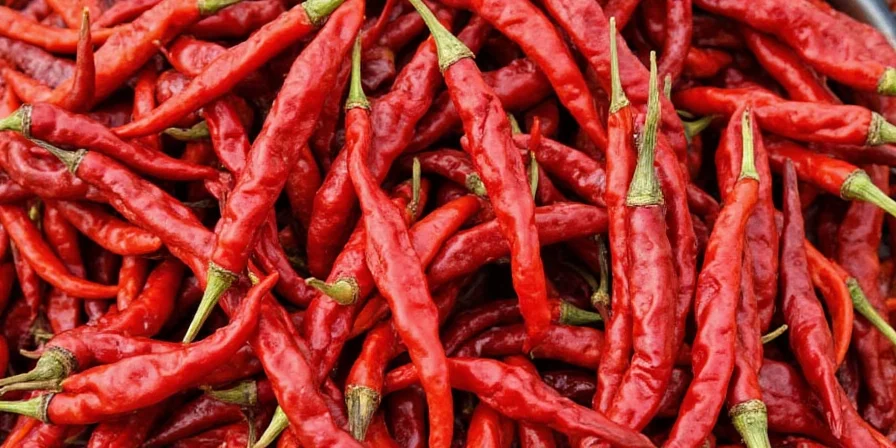
Happy spicing!

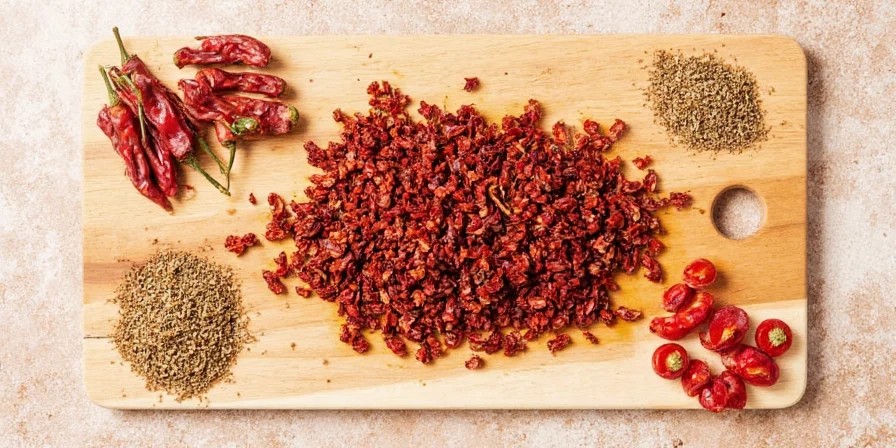









 浙公网安备
33010002000092号
浙公网安备
33010002000092号 浙B2-20120091-4
浙B2-20120091-4